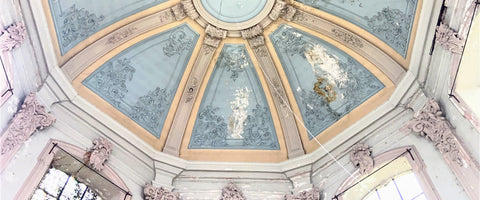The Theatrum Anatomicum at KU Leuven (anatomisch theather) is one of the few preserved pre-19th-century dissecting rooms in Europe. Built in 1742 under Professor Joseph Rega, the octagonal anatomical theatre was designed to provide every student with a clear view during dissections, while large windows filled the space with natural light.
Architectural and Historical Significance
The theatre featured stucco-decorated capitals and keystones, adding an elegant touch to its academic function. Though the original tribune and dissecting table have been lost, the building retains its authentic 18th-century character and remains a striking symbol of Leuven’s medical and educational heritage.
From Medicine to Art
In 1874, KU Leuven built a new neo-Gothic anatomical institute designed by Joris Helleputte, complete with a modern octagonal theatre for 200 students, laboratories, and a museum hall. Later, in 1887, the old anatomical theatre found a new purpose when it became the workshop of artist Constantin Meunier, who added renovations such as a tiled floor supported by metal beams.
Connection to Leuven’s Hospitals
Bodies used for anatomy lessons were transported through an enclosed passage behind Sint-Pieters Hospital, later incorporated into the Sint-Rafaël Hospital grounds. This link between the theatre and Leuven’s medical infrastructure highlights its central role in both science and the city’s history.

Source : Local publication



